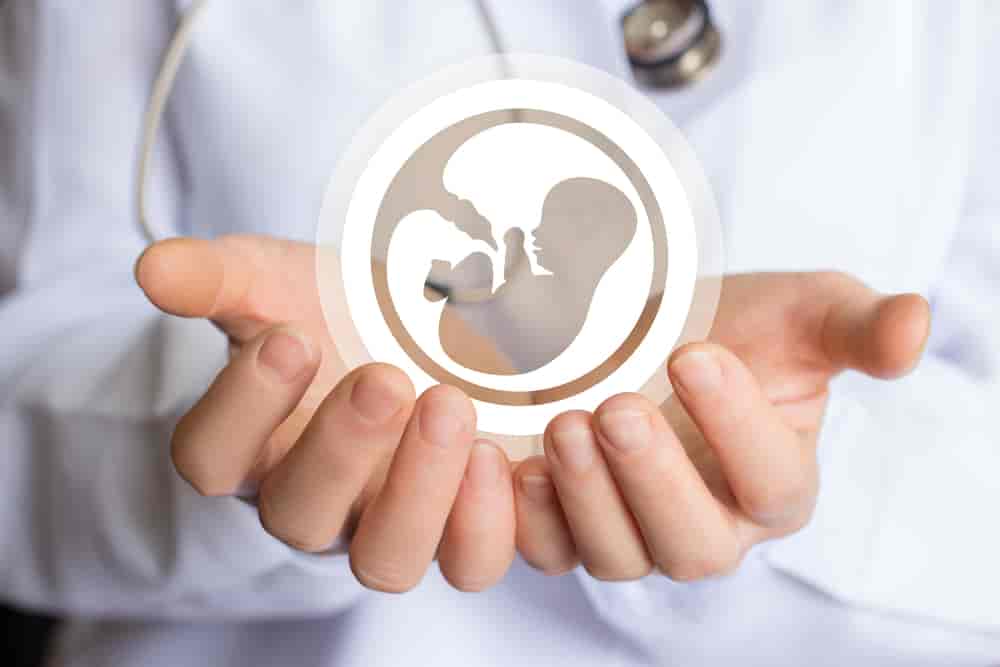Tubal Reversal vs. IVF: Which Is Right For You

Women get their tubes tied but later have second thoughts about that decision. For such women who wish to get pregnant again, there is an option to get the tubes untied, and one may wonder, ‘Can I get my tubes untied with Medicaid?’ The tubal reversal procedure can help you conceive again.
However, there is another way for you to conceive. You can opt for either of them, but you must understand the procedures, their pros and cons, their success rates, and their implications.
Tubal Reversal vs IVF: What Is The Process?
Tubal or tubal ligation reversal procedure is a surgical procedure performed to restore fertility in women who have priorly undergone tubal ligation. The ligation is a permanent procedure where the fallopian tubes are cut, tied, or blocked to prevent the eggs from reaching the uterus. This blockage inhibits the pregnancy process.

In a tubal reversal, a surgeon reconnects the cut tubes or unblocks them to enable the eggs to move through them to the uterus, marking the beginning of the recovery process after tubal reversal. This could potentially lead to natural conception. The success of the procedure is contingent on various factors, such as the type of initial tubal ligation, the length of remaining fallopian tube segments, and the woman’s age.
In Vitro Fertilization is an assisted reproductive technology where fertilization occurs outside the body. The process begins with stimulating a woman’s ovaries to produce multiple eggs at a time. These eggs are then retrieved and fertilized with the sperm in a laboratory dish. These eggs are returned, and one or more synthetically created embryos are implanted into the woman’s womb.
IVF is a versatile option for people with various fertility issues, including tubal blockages, low sperm count or motility, endometriosis, and unexplained infertility. The procedure is also used in cases where tubal reversal is not feasible or unsuccessful.
Pros and Cons of Tubal Reversal
Pros
- The procedure is also used to “fix” the fallopian tube.
- It allows natural conception.
- The process of conception occurs inside the body. No synthetic methods are used for conception.
- You are not required to take any fertility drugs to get pregnant.
- It also lowers the risk of multiple births.
Cons
- The success rates may vary, especially in cases involving extensive tubal damage.
- It also depends on factors such as your age, your fertility health, the fertility of your partner, and the length of your leftover fallopian tubes.
- The procedure is more invasive than IVF.
- It might not be suitable for women with other fertility issues.
- The average time of conception is a year after a successful reversal, which can be too long for some to wait.
Pros and Cons of IVF

Pros
- The success rates are higher than tubal reversal, especially in cases of severe tubal damage.
- It can be used for a wide range of fertility issues.
- Allows for genetic testing of embryos before implantation in some cases.
- This procedure is the go-to option for those who do not wish to get under a knife.
- The conception time is much less compared to that in tubal reversal.
Cons
- It is more expensive than tubal reversal.
- The process can be emotionally and physically demanding for the couple.
- Multiple pregnancies (twins or more) are possible if multiple embryos are transferred.
Success Rates of these surgeries
The success rates for both surgeries, including when preparing for a tubal reversal, are variable as they depend on several factors, such as the woman’s age, the cause of infertility, the quality of sperm, and the expertise of the medical team involved.

It would be best to remember that success rates are subjective and can vary from clinic to clinic and patient to patient. It is tough to generalize something so personal. However, when we look at the surveys conducted, we can conclude that the success rate of In Vitro Fertilization has increased significantly over the years due to the advancement of technology.
| Success Rates of IVF | Success Rates of Tubal Reversal |
| Women under the age of 35 years – 30% – 35% | Women under the age of 35 – 70% – 80% |
| Women aged between 35-40 – 15% – 25% | Women aging between 35-40 – 50% – 70% |
| Women aging over 40 years of age – 5%-10% | Women aging over 40 years of age – 30% – 50% |
Implications of these fertility options
As the procedures are completely different, their implications and results will also differ. Speaking of the implications, although In Vitro Fertilization can help you conceive quicker, it also comes with many other downsides like the surgery being invasive, or it resulting in multiple pregnancies or the emotional toll it takes on the couple.
On the other hand, ligation reversal is a permanent decision and can help you conceive naturally. The downside of the procedure is that it may take a long time to show results. In some cases, fertility is successfully restored only if there are no major fertility issues or scarring problems.
The Bottom Line
Making a choice between IVF and tubal reversal can be tough. Both are major surgeries and not to forget expensive too. Weighing in the merits and demerits just doesn’t help you enough to decide. You must talk to a specialist to understand the implications of each surgery method and which suits you the best. You must make an informed decision keeping in mind all the factors involved.
Which is better tubal reversal or IVF?
If viewed from a cost-per-cycle perspective, IVF may be relatively expensive. However, when viewed from a success-per-cycle perspective, the IVF success rates are much higher than those for tubal reversal. Keeping all of it aside, you must opt for only that procedure that aligns with your goals and values.
Is IVF safe for the mother?
Yes, it is a very safe fertility treatment. The risk of complications for the mother and baby is both very low. If you plan to get the surgery done, you should discuss all the risks and benefits with your doctor. It is an incredibly effective fertility treatment and can help you have a healthy baby.



